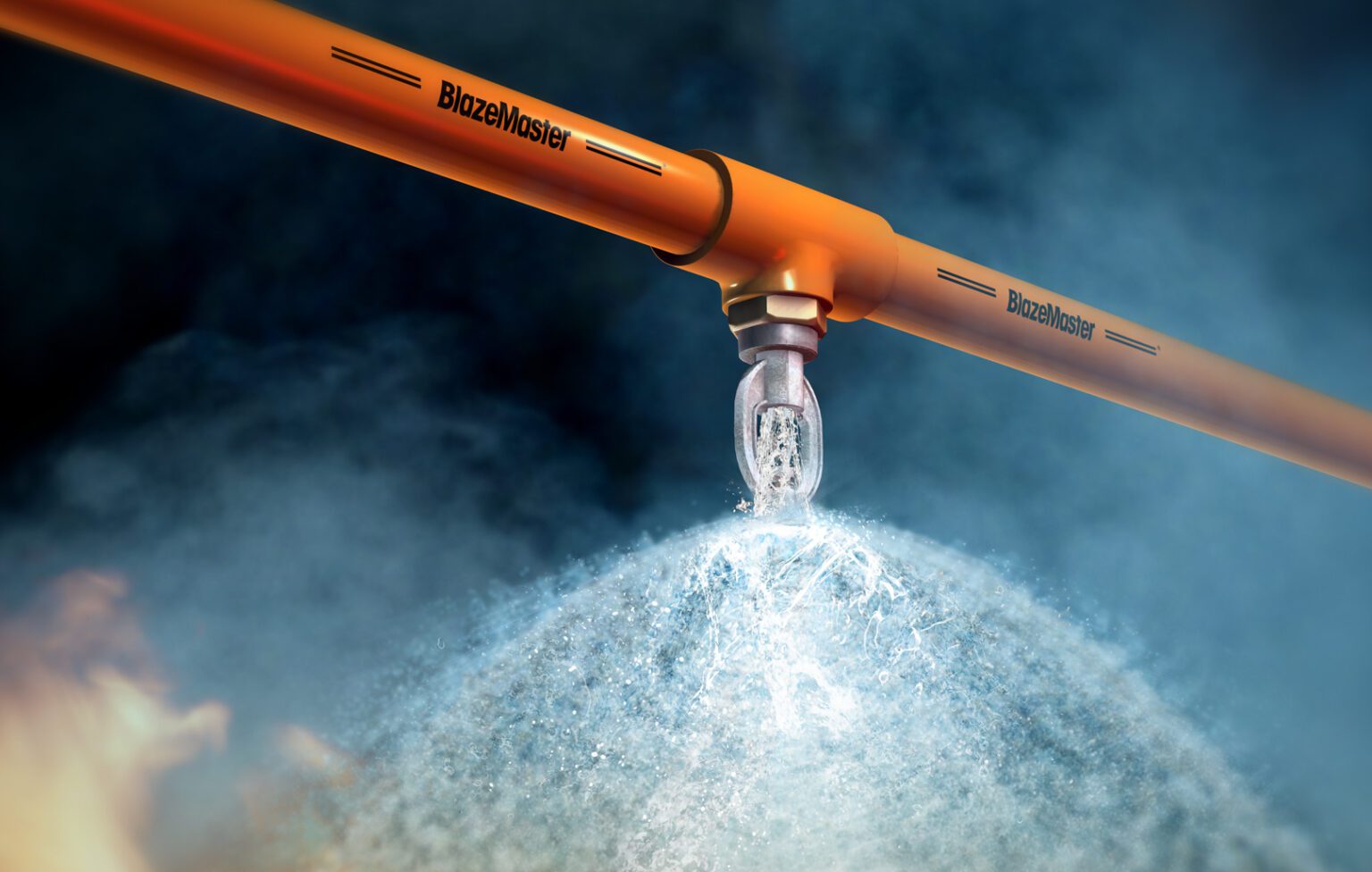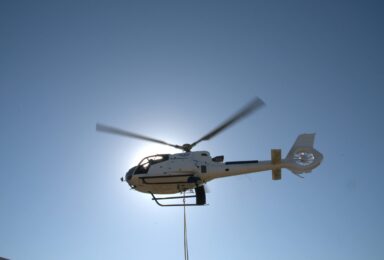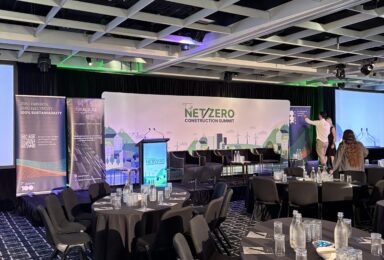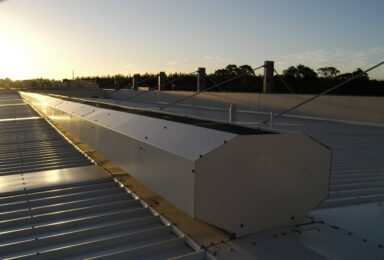
Debunked: Natural Ventilation Does NOT Impact Fire Sprinklers
How Natural Ventilation Does NOT Impact Fire Sprinklers
For years, the building industry operated under a major assumption: natural ventilation, specifically ceiling vents, could negatively impact the performance of fire sprinkler systems. This belief led to strict design limitations, forcing architects and engineers to choose between ventilation efficiency and fire safety.
But now, new research challenges this long-held assumption. A recent study reveals that natural ventilation does not compromise sprinkler effectiveness, opening the door to safer, more energy-efficient building designs.
In this article, you’ll learn about the history of this misconception, the new findings that debunk it, and what this means for the future of building ventilation and fire safety.

Understanding Natural Ventilation and Fire Sprinkler Systems
To fully grasp the significance of this new finding, it’s important to understand how natural ventilation and fire sprinkler systems function independently, and why they were once believed to be at odds.
What is Natural Ventilation?
Natural ventilation is a design strategy that allows fresh air to flow through a building using windows, vents, and other openings, reducing reliance on mechanical systems like fans or air conditioning.
It improves indoor air quality, enhances occupant comfort, and significantly cuts energy costs. One of the most effective ways to achieve this is through roof vents, which release warm air and help create airflow.
How Do Fire Sprinklers Work?
Automatic fire sprinkler systems are critical for building fire safety. When a fire occurs, the heat causes sprinkler heads to activate, releasing water directly onto the flames.
This rapid response can contain or extinguish a fire before it spreads, significantly reducing damage and saving lives.
Where Did the Concern Come From?
Previously, experts worried that roof vents could allow hot gases and smoke to escape too quickly, delaying the activation of fire sprinklers. The assumption was that if heat dissipated before reaching the sprinkler heads, the system would take longer to respond or in some cases, not activate at all. As a result, many building codes and guidelines discouraged or restricted the use of natural ventilation near sprinklers.
However, new research proves this concern was unfounded. In the next section, we’ll explore the studies that debunked this long-standing belief.
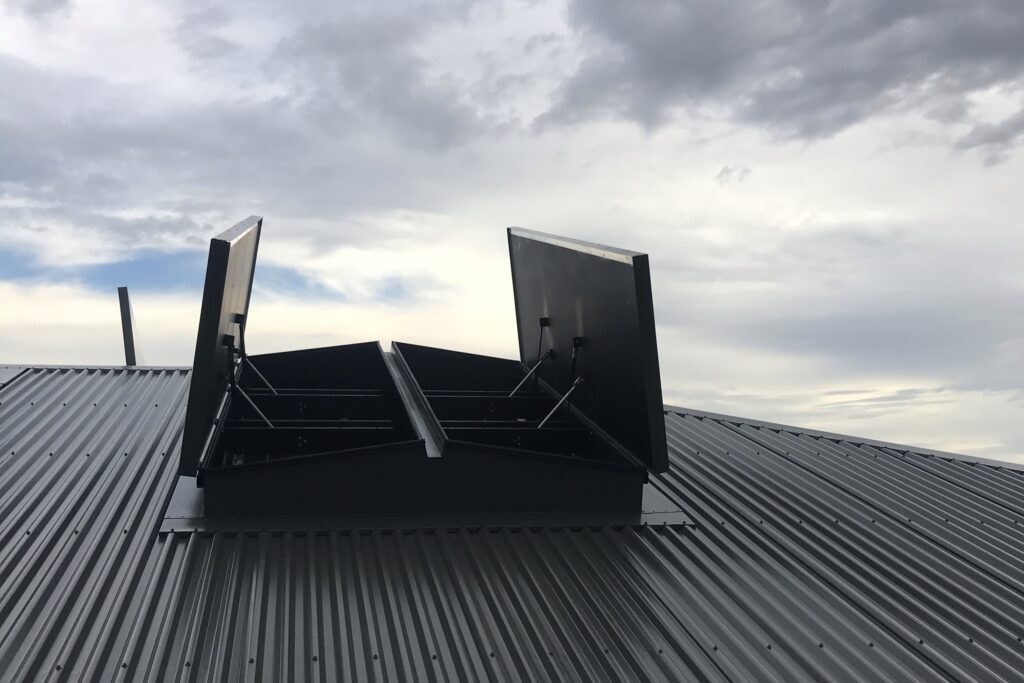
Previous Beliefs About Ventilation and Sprinklers
For decades, the building industry operated under the assumption that roof vents could interfere with fire sprinkler activation. This belief shaped regulations, discouraged natural ventilation in certain building designs, and led to costly compromises between fire safety and energy efficiency.
Heat Loss Delaying Activation
The primary argument against using natural ventilation near fire sprinklers was based on thermal dynamics. Fire sprinklers activate when a specific temperature is reached, typically between 68°C and 79°C. The concern was that roof vents would allow heat and smoke to escape too quickly, preventing the area around the sprinklers from reaching the required activation temperature.
This theory suggested that:
- Fires in naturally ventilated spaces might take longer to trigger sprinklers.
- In worst-case scenarios, sprinklers might not activate at all.
- Building designs with open ceiling vents could be at greater risk during fires.
As a result, many fire codes and engineering best practices discouraged or limited the use of natural ventilation in buildings with automatic sprinklers, forcing architects to choose between ventilation efficiency and strict fire safety measures.
The Lack of Concrete Evidence
Despite these concerns, no strong scientific evidence definitively proved that ceiling vents delayed sprinkler activation. The assumption was largely based on theoretical models rather than real-world testing.
Now, recent studies, including the research highlighted by Allan Macpherson, have finally put this question to rest.
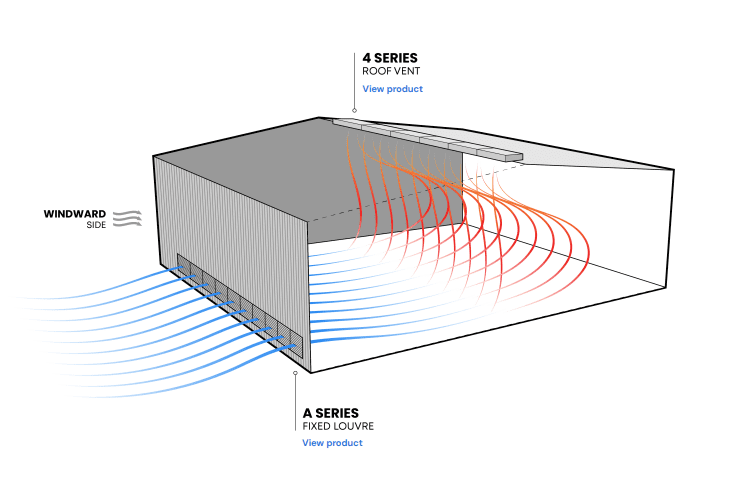
The Research Results
Recent research has debunked the long-standing myth that natural ventilation affects fire sprinkler activation. Studies, including findings shared by Allan Macpherson, reveal that roof vents do not significantly impact the performance of fire sprinklers, a revolutionary discovery for architects, engineers, and fire safety professionals.
As Macpherson explains:
“Latest testing and research has shown that natural draft vents (aka gravity vents) are generally not too great a problem, particularly when wet type sprinklers are used. Mechanical or powered vents (i.e. vents with a fan in them) can still be a concern and should typically be addressed by adding additional quick response sprinklers in their inlet.”
Key Findings from the Research
- Sprinkler Activation is Largely Unaffected by Roof Vents
- Tests show that even with open roof vents, the heat from a fire still reaches sprinkler heads quickly enough to activate them.
- While vents allow some heat to escape, the remaining hot gases accumulate sufficiently to trigger sprinkler activation within the expected timeframe.
- Vents Can Even Improve Smoke Management
- Ceiling vents help control smoke movement, preventing excessive heat buildup and reducing toxic exposure for occupants.
- This means natural ventilation can actually enhance overall fire safety, rather than compromise it.
- Experimental Data Contradicts Previous Assumptions
- Simulations and real-world fire tests have consistently shown no significant delay in sprinkler activation due to ceiling vents.
- The belief that heat would dissipate too quickly has proven inaccurate, reinforcing that natural ventilation and sprinkler systems can coexist safely.
Why This Matters
This discovery is a major breakthrough in building design. It means:
- No need to sacrifice natural ventilation for fire safety—both systems can function effectively together.
- Regulatory changes may follow, allowing for greater flexibility in ventilation design.
- Buildings can be safer, healthier, and more energy-efficient without unnecessary restrictions on ventilation.
With this evidence in hand, it’s time for industry professionals to rethink outdated guidelines and embrace a more integrated approach to fire safety and natural ventilation.
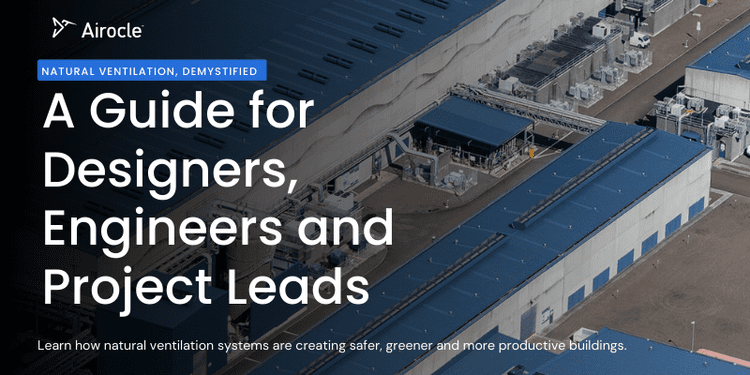
Implications for Building Design and Fire Safety
Now that research has confirmed natural ventilation does not hinder fire sprinkler activation, what does this mean for architects, engineers, and building managers? These findings open the door to safer, more energy-efficient designs that no longer require outdated compromises.
-
Greater Flexibility in Building Design
With the old concerns disproven, designers can now confidently incorporate roof vents and other natural ventilation strategies without fearing negative consequences for fire safety. This means:
- More sustainable building designs that rely on passive ventilation to reduce energy consumption.
- Healthier indoor environments with better air quality and thermal comfort.
- Greater design freedom, especially in large commercial or industrial buildings where natural ventilation is crucial.
-
Potential Changes in Fire Safety Regulations
Many fire codes and industry guidelines were based on the assumption that roof vents could delay sprinkler activation. As new research gains recognition, we may see:
- Regulatory updates allowing for wider adoption of natural ventilation in sprinklered buildings.
- Revised best practices for integrating ventilation and fire protection systems effectively.
- A shift in fire engineering approaches, moving away from outdated theoretical concerns to evidence-based design strategies.
-
Improved Fire Safety Strategies
Surprisingly, research suggests that natural ventilation may actually improve fire safety by helping to control smoke movement and reduce heat buildup. As a result, fire safety engineers may:
- Reevaluate smoke management strategies in ventilated spaces.
- Develop new fire protection approaches that leverage natural airflow instead of restricting it.
Create more efficient and cost-effective fire suppression systems, integrating ventilation and sprinkler performance in a way that enhances overall safety
A Win for Natural Ventilation
So, what’s next? With this myth officially debunked, you can confidently design and install cost-effective, energy-efficient natural ventilation solutions without worrying about fire sprinkler performance. This breakthrough removes a major barrier, making natural ventilation a more viable option than ever.
To explore our full range of products, click here: View All Products
